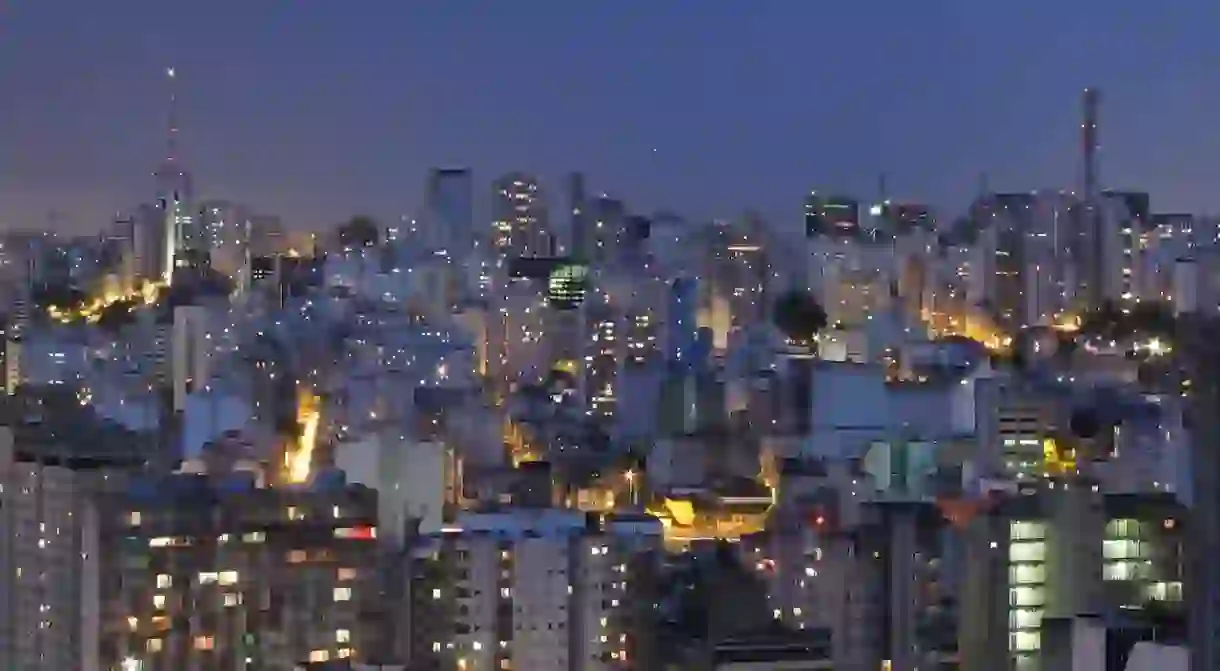10 Things You May Not Know About São Paulo

São Paulo is the largest city in Latin America. With one of the five largest populations on earth, this buzzing metropolis holds a few surprises. Here are 10 things you probably didn’t know about the city.
Coffee plantation
The largest city in South America has a huge coffee plantation very near the iconic Avenida Paulista. There are about 1,500 coffee plants rooted within the Instituto Biológico in the neighborhood of Vila Mariana. Since 2006, between May and June, the Sabor da Colheita (Taste of the Harvest) event is held which marks the beginning of the coffee harvest in the entire State of São Paulo.

Traditional tribal lands
São Paulo has within its city limits an indigenous reservation of the Guarani tribe. Approximately 900 members of the tribe live in a 532-hectare region known as the Pico do Jaragua, in the Northern region of the city. In 2015 the Federal Government declared the area as a new indigenous reserve, recognizing it as traditional tribal lands.
Pizza and more pizza
Having the largest Italian community in the country, the city has more than 6,000 pizzerias that produce more than 1,000,000 pizzas per day or 720 per minute, with revenues of around R$4 billion per year. Pizza is one the favorite foods of any Paulista.

Gay Pride
The city has the largest openly gay community in Latin America, and every year hosts what is considered to be the largest Gay Pride Parade in the continent. In 2016, more than two million people attended the event. There are many hotels, bars, clubs and churches catering to the community. In 2012, the São Paulo State government created the Museu da Diversidade (Diversity Museum) to preserve the cultural heritage of the LGBT community in Brazil.
Japanese community
São Paulo is also home to the largest number of Japanese people outside of Asia. Japanese immigration to Brazil started in the early 1900s and today the community’s population is believed to be around 1.5 million. The Japanese Liberdade neighborhood is currently one of the most popular tourist spots in the city. This community has its own newspaper and many street names and storefront banners are written in Japanese. They also celebrate all the major festivities, such as Moti Tsuki, Toyo Matsuri and Tanabata Matsuri.

Amazing Avenida Paulista
Of the main landmarks of São Paulo, Avenida Paulista has been the scene of many of the city’s major events, hosting both New Years Eve celebrations as well as political demonstrations and protests. Inaugurated in 1891, the avenue runs through six neighborhoods and has a length of 2.7 km. Nearly 1.5 million people walk daily along its wide sidewalks.

Largest helicopter fleet
The city of São Paulo has the largest helicopter fleet in the world with 210 heliports in the city where approximately 1,300 aircrafts land and depart daily. Every 5 minutes, at least 4 helicopters land or take off from one of the city’s many tall buildings.
International population
São Paulo City is believed to be the 14th most globalized city in the world, producing 12% of Brazil’s Gross Domestic Product and 15% of the GDP of all of South America. In addition to a very big Japanese population, the city is also home to large Italian, Lebanese, Korean and Bolivian communities.
Crazy traffic jams
The capital of São Paulo also has an incredible number of cars: over seven million! With all those vehicles the city is said to have the 7th worst transit on the planet. São Paulo drivers spend about 102 hours per year in traffic jams.

Sumo gymnasium
São Paulo is home to the only gymnasium exclusively used to practice the sport of sumo outside of Japan. It is located in the Bom Retiro neighborhood. Sumo wrestlers have been practising here since the early 1980s, but it was only in 2011 that a special location was constructed to exclusively house sumo competitions and practices. It was from this gymnasium that the Brazilian sumo wrestlers team for the 2016 Olympics was formed.













